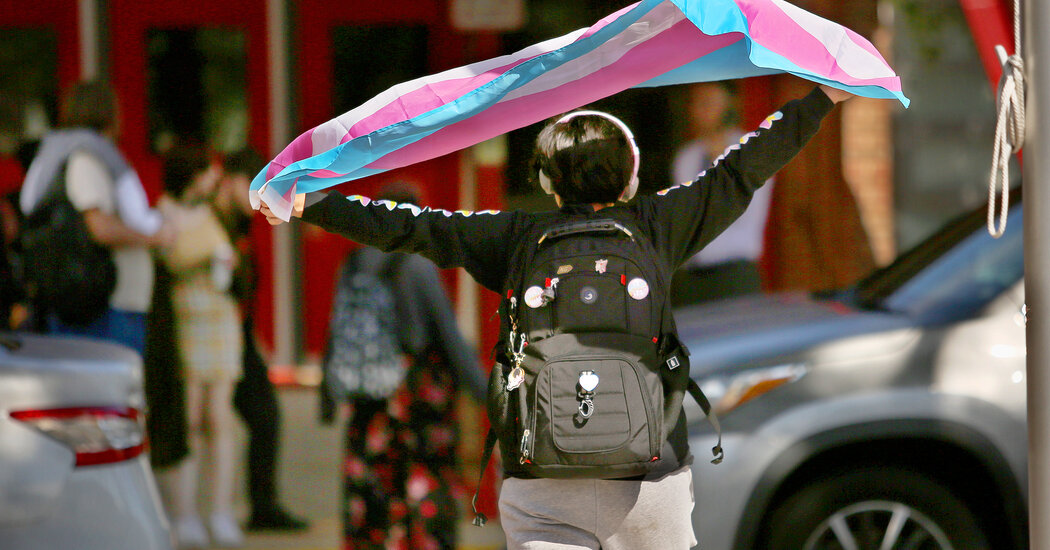A survey by the C.D.C. found high rates of sadness, bullying and suicide attempts among transgender and gender-questioning teenagers.
About 3.3 percent of high school students identify as transgender and another 2.2 percent are questioning their gender identity, according to the first nationally representative survey on these groups, published by the Centers for Disease Control and Prevention on Tuesday.
Transgender and gender-questioning teenagers reported alarmingly higher rates of bullying at school, persistent sadness and suicidal thoughts and behaviors, according to the survey, which was carried out in 2023. About one in four transgender students said they had attempted suicide in the past year, compared with 11 percent of cisgender girls and 5 percent of cisgender boys.
“We have 5 percent of young people in the country who, because of the way they identify around their gender, are stigmatized, bullied, made to feel unsafe, feel disconnected at school and consequently have poorer mental health and higher risk for suicide than their cisgender peers,” said Kathleen Ethier, the director of C.D.C.’s adolescent and school health division. “That’s just heartbreaking.”
The data come from the agency’s Youth Risk Behavior Surveillance System, a survey of more than 20,000 high school students conducted in public and private schools across the country every two years. The 2023 survey was the first to ask teenagers in all schools whether they identified as transgender.
This small group of young people has drawn outsize and often harsh political attention across the country. The survey data were collected during a record year of legislation related to transgender issues. Around two dozen states have passed laws limiting bathroom use, sports participation or access to medical treatments for transgender children under 18.
In the C.D.C.’s survey, transgender and gender-questioning students reported feeling worse than even cisgender girls, who have drawn national attention to a crisis in mental health among young people.
